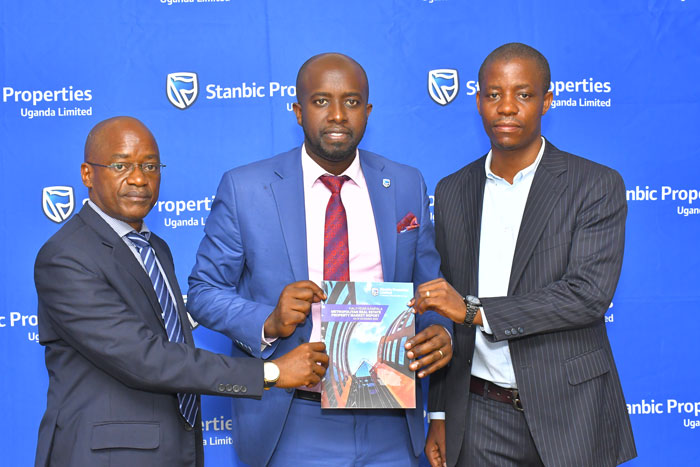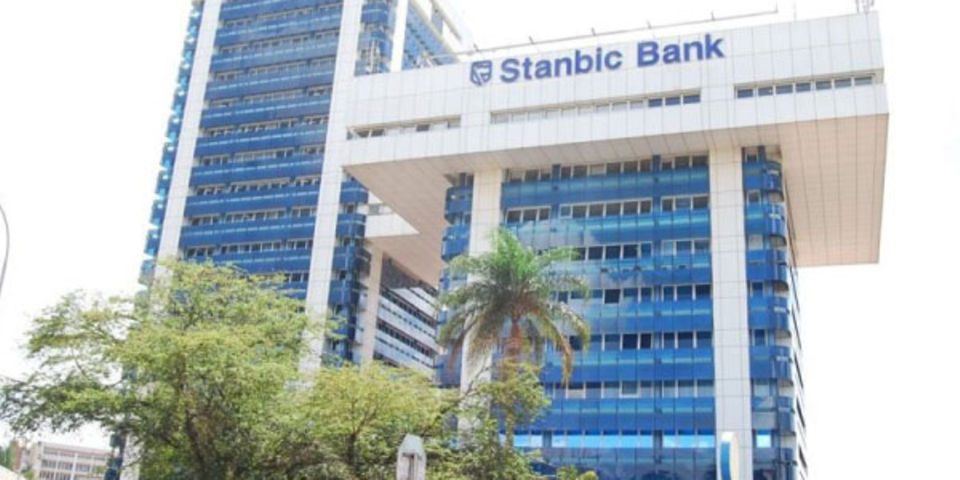Stanbic reports 33% rise in net profit during 2022
- Markets
executivewatch
- March 30, 2023
- 0
- 4 minutes read

For the year ending December 2022, Stanbic Uganda Holdings Limited (SUHL) saw a 32.7% rise in profit after tax from Ugx269billion (2021) to Ugx357billion (2022), according to its financial results released on March 29.
The group’s total comprehensive income also grew by 20.6% from Ugx289billion (2021) to Ugx349 billion (2022).
Stanbic Bank Uganda Limited (SBUL), the anchor subsidiary of SUHL remains the biggest contributor of the company’s revenue and profit.
The Bank saw a 33% rise in profit-after-tax to UGX366 billion in 2022 from UGX275 billion posted a year before.
Other subsidiaries of SUHL are Stanbic Properties Limited; FlyHub, SBG Securities and the Stanbic Business Incubator. SUHL is part of Standard Bank Group, the largest African banking group by assets.
Andrew Mashanda, the SUHL Chief Executive said, “Despite the prolonged uncertainty of the global and local economy, we closed the year with a strong performance and delivered a return on equity of 21.6%, well above our target of 20% and an improvement from 19.4% in 2021. Our performance continues to be underpinned by our banking subsidiary which posted strong results across all key performance indicators.”
He said in spite of a challenging operating environment, the new subsidiaries which have been in operation for two years now continue to make significant strides towards sustainability. He said Stanbic Properties Limited remains profitable and is executing various projects geared towards revamping its real estate portfolio.
Mashanda said Flyhub received its first revenues during the year and continues to pursue more opportunities as businesses explore ways to become more efficient through automation. “Our SBG Securities revenues were impacted largely by a drop in capital markets activity…we remain optimistic about its potential as the diversification into asset management is implemented. Stanbic Business incubator continued to execute on its mandate, as a beacon of SME capacity development in Uganda,” he said.
Anne Juuko, the Chief Executive of Stanbic Bank said, “During the pandemic, between 2020 and 2021, we banked on bold initiatives that were
aimed at supporting our customers to go through the tough times.
Juuko said, they registered a 30% increase in the volume of transactions, compared to 2021.
Compared to 2021, Stanbic Bank customer deposits rose by 6.8% from UGX5.7 trillion to UGX6.1 trillion and customers’ loans were up by nine percent from UGX3.7 trillion to UGX4.1 trillion while the Non Performing Loans (NPL) ratio dropped by 2.9%. There was also an improvement in the bank’s Total Capital Adequacy rising by 23.4% compared to 21.9% seen during 2021. Total assets during 2022 rose to UGX9 trillion from UGX8.7 trillion while liabilities went up slightly to UGX7.3 trillion from UGX7.2 trillion.
Juuko said, “The growth in new customers across segments contributed to the increase in deposits to UGX6.1 trillion at the close of 2022, from UGX 5.7 trillion in the same period the previous year. We supported our customers through the pandemic, and in 2021, we
restructured loans to the tune of UGX192.7 billion. In 2022, the value of these restructured loans considerably reduced to UGX 14.5 billion, while bad loans from the same pool docked at UGX26 billion. This indicates that a larger portion of our customers have generally recovered and are proficiently repaying back their loans.”
Going forward, Juuko said the bank will continue to strengthen risk management in recognition that operational risk remains a challenge, particularly in light of the cyber incidents in the financial services industry that have started to occur more frequently.
She said Stanbic Bank remains committed to driving sustainable shared value that is equitable and inclusive, but achieving this requires firm focus on financial inclusion, which involves ensuring that as many people as possible have access to financial services.
“We shall achieve this aspiration through our platforms including—FlexiPay, SACCO
financing, Stanbic for Her, OneFarm, and MediProtect programmes which are designed
to drive socioeconomic transformation for traditionally excluded groups,” she said.





